Jungon Head House
2021-04-09
13, Gangdong 1-gil, Wicheon-myeon, Geochang-gun, Gyeongsangnam-do
+82-10-2518-4727
Located in Geochang County in Gyeongsangnam-do Province, the Head House of Mr. Jeong On shows a peculiar style of ancient Korean architecture. Since the house is located in a basin surrounded by high mountains, it was built in overlapping style as the typical architectural style in the northern region in order to endure the cold. In addition, the "eyebrow" roof was added as protection from the frequent rain. The house is mainly visited by families on weekends and research organizations on weekdays. Visitors can enjoy various healing and cultural activities in the trekking course of Mt. Geumwonsan and the Suseungdae Amusement Park, which are 1km away. The Anchae is used by the owner family, and the Sarangchae, Jungmunchae, and Daemunchae are used as guest rooms. Groups can rent the entire Sarangchae building.
Wonhak Goga (원학고가)
2025-06-04
109-5, Hwangsan 1-gil, Geochang-gun, Gyeongsangnam-do
Umyeongri [Korea Quality] / 우명리 정씨고가(효리댁) [한국관광 품질인증]
2023-04-13
6, Hyori-gil, Sudong-myeon, Hamyang-gun, Gyeongsangnam-do
+82-70-4257-4110, +82-10-5356-4116
The village name “Woomyeong" means "The village where the oxen moo" in Korean. According to Korean feng shui, the village looks like an ox regurgitating in a comfortable crouching position. For farmers in the olden days, an ox was the symbol of prosperity and peace. This village has been regarded as one of the most fertile and prosperous areas in Korea. It was also the hometown of a famous scholar named Jeong, whose house now serves as a pension. The village has another name, “Hyo-ri,” which means "a village of devoted sons" in Korean, because the village was famous for having many devoted sons throughout generations. The pension is commonly called "Hyo-ri House" among the locals because the big house with a large field is regarded as the center of the village. The owner of the house transformed it into a pension in 2013, because he thought it would be nice to provide a comfortable place for visitors where they can just lie down on the wooden floor and look up the sky. There haven’t been many guests so far, but the owner says that his house can serve as a place where the guests can benefit from the good energy surrounding the village and learn history and culture during their stay. Guests are also welcome to pick vegetables from the field during their stay in the traditional Korean house and learn how the Korean scholars lived and studied in a farming family in the past.
YETMASIL / 옛마실펜션
2025-08-13
65, Majeon 1-gil, Irun-myeon, Geoje-si, Gyeongsangnam-do
+82-55-682-2141
Yetmasil Pension located in Oknim-ri, Goeje, Gyeongsangnam-do is a traditional Korean house with area of 19,834㎡. Built only with red clay and pinewood and furnished with a bed and a floor-heating system, it’s very environment-friendly and comfortable to stay in. It also has a beautiful yard with pine trees, natural rocks, and wild flowers collected by the owner over the years. The guestrooms with living room, kitchen, and bathroom can accommodate four to six people. At night when the weather is clear, you can also see fireflies from the pension.
Eoreumgol Hanok Pension (얼음골한옥펜션)
2025-07-18
11-12, Hayangjian-gil, Sannae-myeon, Miryang-si, Gyeongsangnam-do
SONANGGOO [Korea Quality] / 소낭구펜션 [한국관광 품질인증]
2020-09-09
83, Majeon 1-gil, Irun-myeon, Geoje-si, Gyeongsangnam-do
055-682-2141, 010-6776-6054
Sonanggo Pension is built on a 19,834m² area overlooking Jisepohang Port. The word “sonanggu” is a Gyeongsangnam-do vernacular for “pine tree." As the name suggests, there are lots of pine trees in the area. The pension consists of two log cabins and a yard, both of which are situated right in the middle of a pine grove. The owner of the pension built the buildings here so that guests can enjoy a panoramic view of the landscape of Jisepo Port, with the buildings facing south for sunlight. Two two-story buildings are built with logs and red clay, giving them a natural look and feel. The garden is full of flowers, trees, and wild flowers grown by the owner for over 17 years. The yard with stair steps is 6,611m² wide, and it mainly consists of pine trees and natural rocks. There are tables, low wooden bench, and traditional Korean lookout hut for the guests to relax and enjoy the surrounding nature. The pension has a total of 10 guestrooms in two buildings named “Yanghandang" and “Hwasaengdang.” There are rooms of different sizes that can accommodate between two and eight people, so be sure to choose the right room to suit your needs when booking. All the guestrooms are furnished with modern kitchen and bathroom. In the yard are “Red Clay and Stone Plates” built with a traditional Korean floor heating system for those wishing to have a barbecue. You can also cook potatoes and Korean pancakes on the 4cm-thick stone plates heated by firewood.
Maesa Old house [Korea Quality] / 고성 최필간고택 [한국관광 품질인증]
2020-09-08
55, Hakdongdoldam-gil, Hail-myeon, Goseong-gun, Gyeongsangnam-do
+82-10-3824-4724
One of the outstanding features of the Old House of Choi Pilgan in Goseong, which is currently owned by Choi Yeong-deok, is the stone wall. Listed as Gyeongsangnam-do Cultural Property No. 178, it has higher stone walls than most other traditional Korean houses once owned by a noble family in the past. The village where this house is located can be easily found, since there is a road sign at the forked road with the Old Hakdong Stone Wall on the National Road toward Impo. Visitors to this site are advised to take a leisurely walk along the ancient stone walls instead of driving around them. This head house of Jeonju Choi Clan has been passed down to the eldest son of the family for 11 generations. With an area of 6,611m², the house consists of a room next to the main gate, the main building, a detached house with a wooden porch, a master bedroom used by the head of the household, and a small warehouse. The inner gate divides the house in half, each designated for male and female members of the household as was the tradition of the noble families in the olden times.
Chi-ong Art Center (취옹예술관)
2025-07-24
300, Sumogwon-ro, Sang-myeon, Gapyeong-gun, Gyeonggi-do
Dagagada Hanok (다가가다한옥)
2025-07-18
167, Pyeonghwa-ro, Hwacheon-gun, Gangwon-do
Dagagada Hanok is close by the Bukhangang River in Hwacheon, Gangwon-do. With downtown Hwacheon and the Sancheoneon Ice Festival and Jjokbae Water Festival sites all just minutes away, the pension is super-convenient for travellers, and pick-ups from nearby Hwacheon Bus Terminal can be arranged. The cozy rooms have hanji-papered walls and floors, are decorated with traditional calligraphy, and incorporate a red clay room. There is a terrace with river views, barbecue facilities in the yard, and a charming traditional tea house.
Gangneung Ojuk Hanok Village [Korea Quality] (강릉오죽한옥마을 [한국관광 품질인증])
2023-12-14
114, Jukheon-gil, Gangneung-si, Gangwon-do
+82-33-655-1117
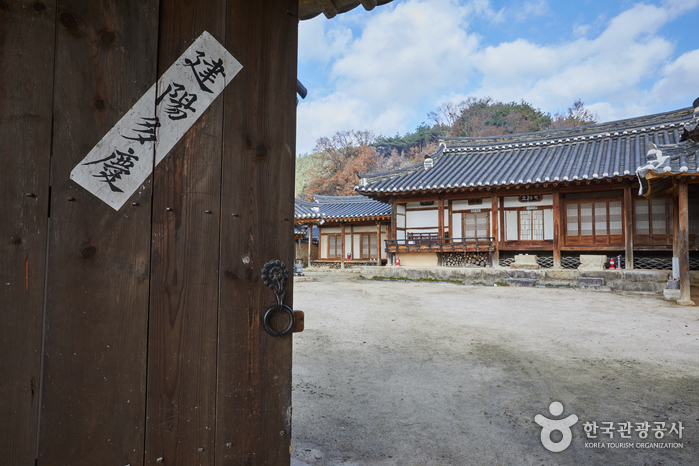

![Umyeongri [Korea Quality] / 우명리 정씨고가(효리댁) [한국관광 품질인증]](http://tong.visitkorea.or.kr/cms/resource/78/2572478_image2_1.jpg)
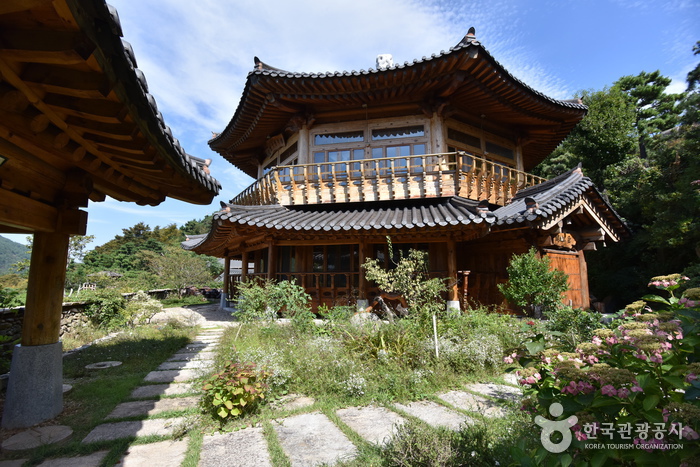
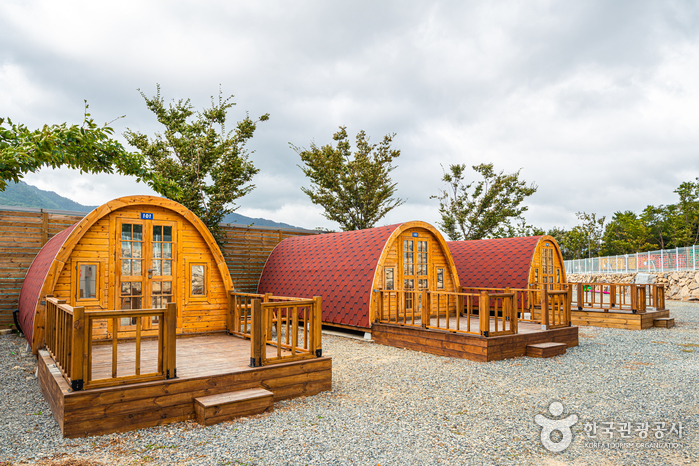
![SONANGGOO [Korea Quality] / 소낭구펜션 [한국관광 품질인증]](http://tong.visitkorea.or.kr/cms/resource/47/2576747_image2_1.jpg)
![Maesa Old house [Korea Quality] / 고성 최필간고택 [한국관광 품질인증]](http://tong.visitkorea.or.kr/cms/resource/07/2574707_image2_1.jpg)
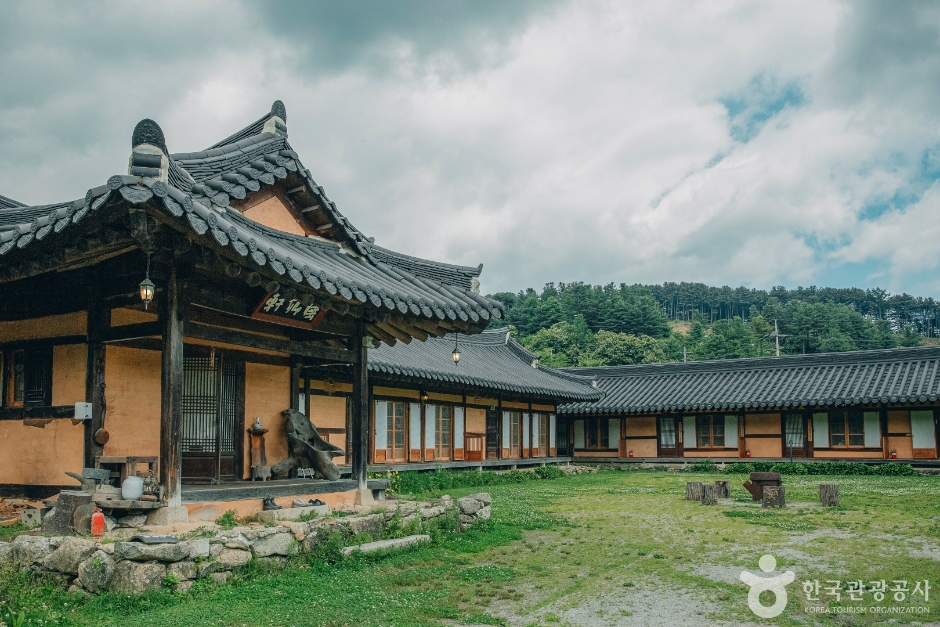
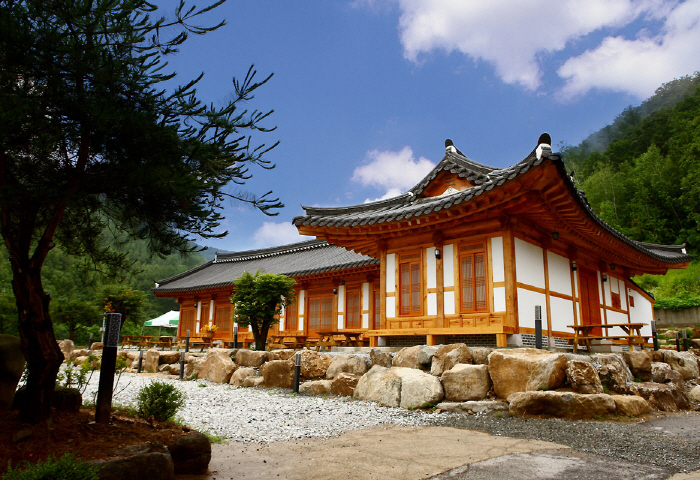
![Gangneung Ojuk Hanok Village [Korea Quality] (강릉오죽한옥마을 [한국관광 품질인증])](http://tong.visitkorea.or.kr/cms/resource/99/2529799_image2_1.jpg)
 Español
Español
 한국어
한국어 English
English 日本語
日本語 中文(简体)
中文(简体) Deutsch
Deutsch Français
Français Русский
Русский